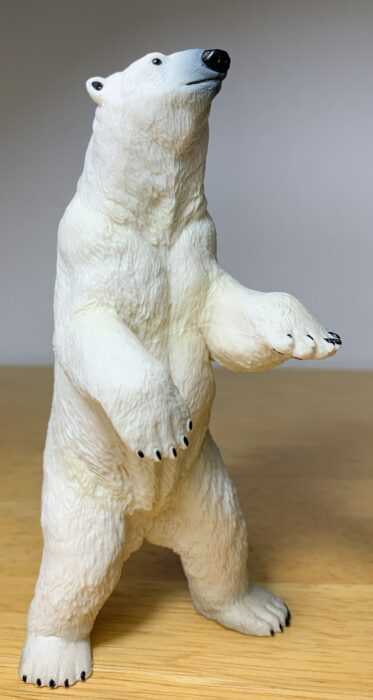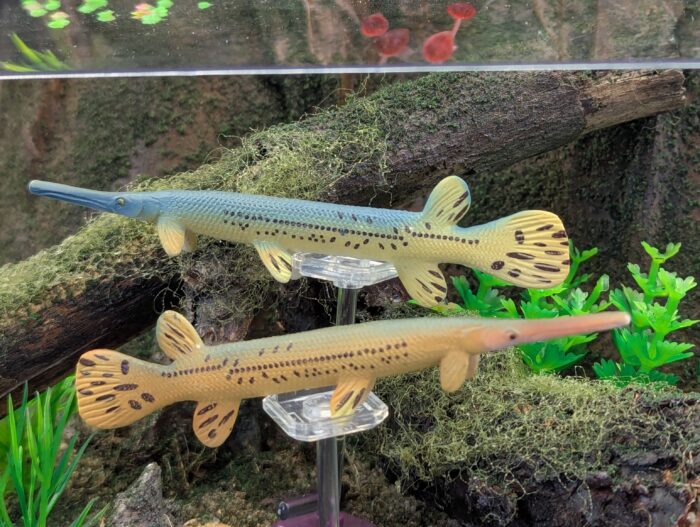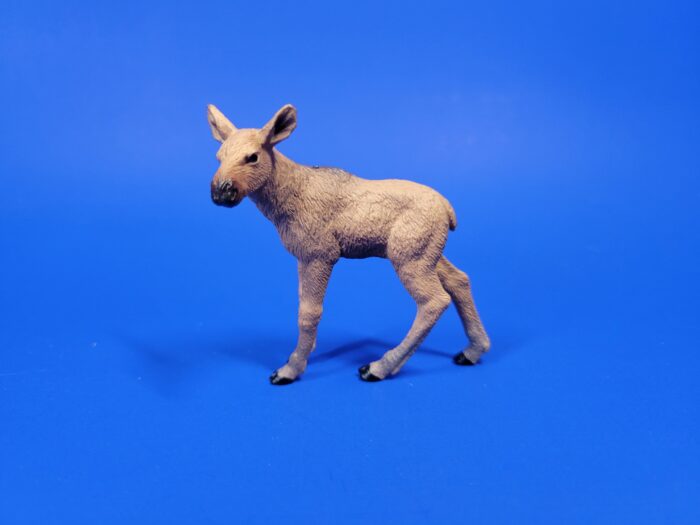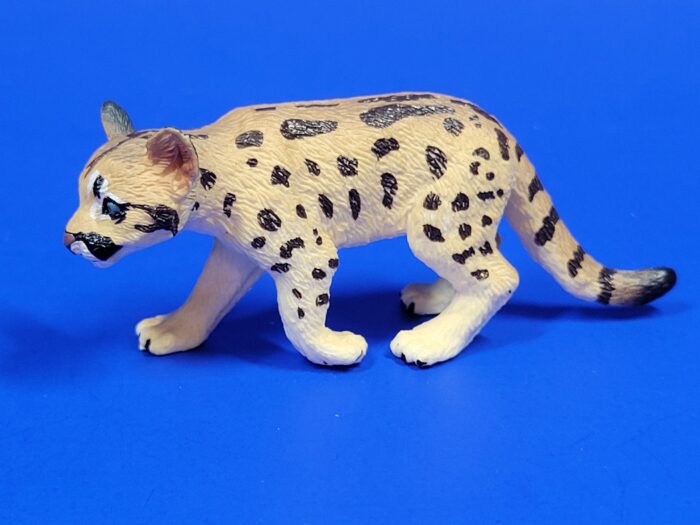Paradoxically, the polar bear (Ursus maritimus) is both the world’s largest terrestrial carnivore and a marine mammal. They get their marine mammal designation because they live on water, albeit in the form of ice. Yes, that makes it a bit of a stretch to call it a marine mammal, but the polar bear is quite capable in liquid water as well.
Longnose Gar (3″ figure by Replica Toy Fish)
Lake Sturgeon (3″ figure by Replica Toy Fish)
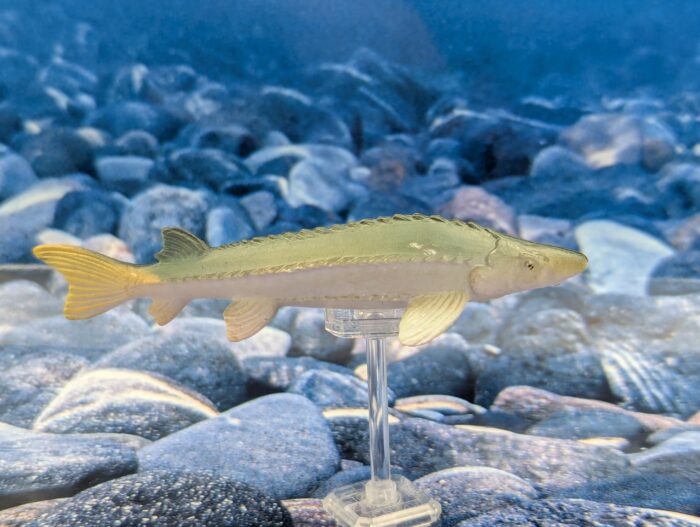
Back with another Replica Toy Fish figure in the 3″ line, another of the models released in or around April of 2015. Again, I think one that I caught wind of via another collector or forum. This one is the lake sturgeon, Acipenser fulvescens, a species that was seen once before in the Safari Great Lakes toob, and was a welcome addition to the RTF series as well.
American Black Bear, 2024 (Wildlife America by Schleich)
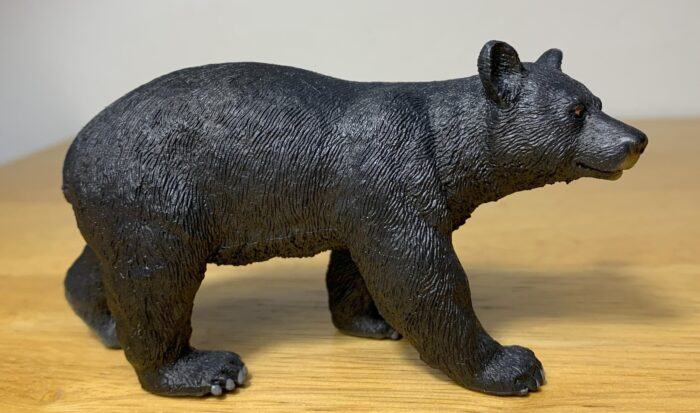
The American black bear (Ursus americanus) is the smallest and most wide-ranging bear species in North America. They’re found from coast-to-coast, from Alaska to Mexico, where they prefer forested environments. Once found in every state in the U.S. their population has been greatly reduced, especially in the Midwest, but they’ve been steadily repopulating areas they were previously extirpated from.
Mini Insects Vol. 1 (Diversity of Life on Earth by Bandai)

In 2022, Bandai started a series of miniatures in their Diversity of Life of Earth line. The first set is the one we will be looking at today, Mini Insects Volume 1. It would be followed by Volumes 2 (which has already been reviewed by Fembrogon) and 3 (which I plan to tackle later), both released in 2023.
Moose, calf (Baby Wildlife by Toymany)
Longnose gar (6 Inch Series by Replica Toy Fish)
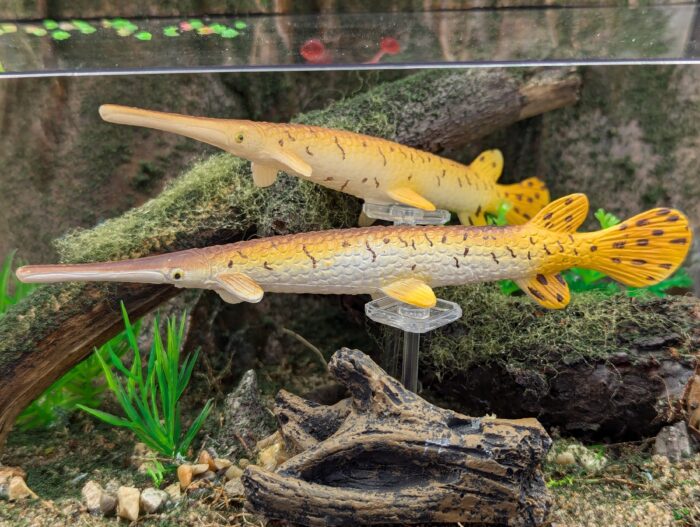
Back with another figure from the Replica Fish Toys 6″ line, this time the longnose gar Lepisosteus osseus. Not as well known as its relative the alligator gar (and certainly not as common in figure form) this is nevertheless another distinctive, prehistoric fish from the waters of eastern North America, from southern Quebec to the Rio Grande drainage in Mexico and Texas.
Cougar, cub (Baby Wildlife by Toymany)
Grizzly Bear, Female (2004) (Wildlife America by Schleich)

The brown bear (Ursus arctos) is the world’s second largest carnivoran and has the largest distribution of any bear species, with a range stretching across Europe, Asia, and North America. They even once inhabited the Atlas Mountains of Africa. As with any animal with such a large range there are many subspecies of brown bear and in North America none is more well known than the grizzly (U.
Black Jaguars Family Playset (Toymany)
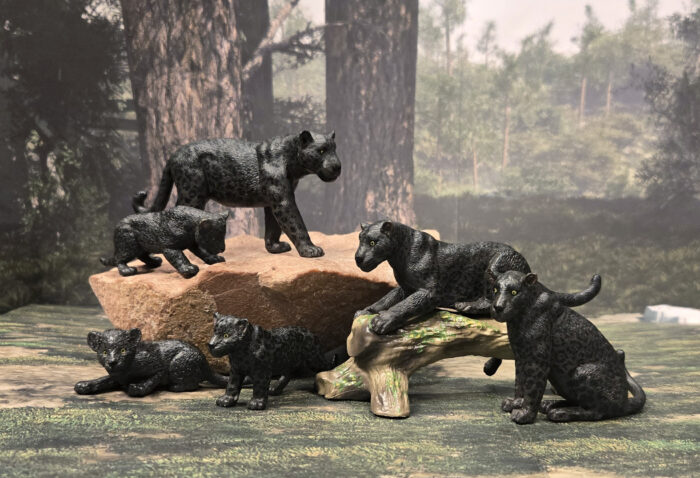
Before I begin my review, I must thank @Kenc and the folks at Toymany for providing this review sample for the Blog.
The jaguar (Panthera onca) is a species that needs little introduction. It is an apex predator in Latin America, ranging from the extreme southern USA to central South America.
Striped Bass (3″ figure by Replica Toy Fish)

This post will look at another of the figures released in April of 2015, the striped bass Morone saxatillis. After the initial twelve figures, this is the only species released that would be best thought of as marine, or at least less ‘freshwater’ than any other figure in the series (although many are catadromous or anadromous, or may range back and forth).
Common Goldeneye (Large Ducks by AAA)
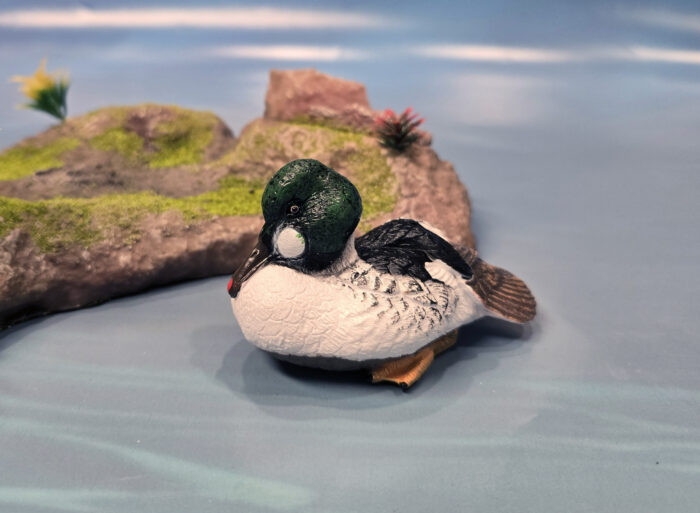
The genus Bucephala contains three species of small diving ducks collectively referred to as goldeneyes. I am lucky that all three species can be found in my area in the winter. The Common Goldeneye (B. clangula) occurs in the boreal Holarctic, wintering throughout North America, Southeast Asia, and Japan.

